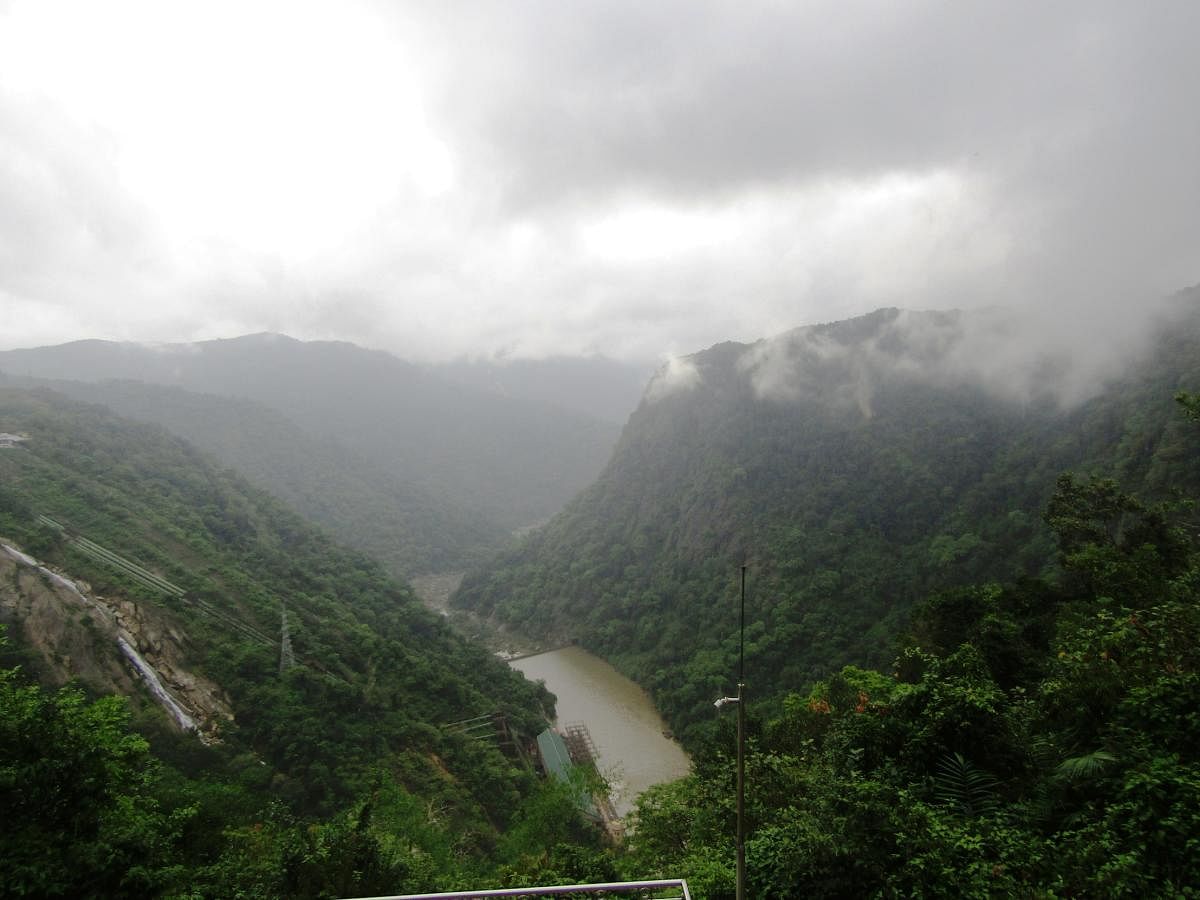The news that the government has asked for the preparation of a Detailed Project Report for considering the transfer of water from the Linganamakki reservoir on River Sharavathi to Bengaluru has led to protests.
Bengaluru and its water supply systems is an interesting story. As early as in the 1880s, Bengaluru’s citizens were complaining about water shortage. Its local lakes either had no water or were polluted and unusable. The city then designed a technologically advanced scheme in 1894. Using brick aqueducts and steam engines, it brought water from the Hesaraghatta reservoir on the Arkavathy river to slake its thirst. Piped water supply to the city had arrived.
By 1910, again there were complaints of water shortage. In 1934, another reservoir was built on the Arkavathy at Thippagondanahally and more water was brought in. The population grew leading to water shortage again in the 1960s.
In the 1970s, water from the Cauvery river was brought in by pumping it across 95 km and 300 metres high, a technical marvel of its kind. In the meantime, by the 1990s, the Arkavathy river dried up and the first two sources became unusable.
The first, second, third, fourth and finally the 5th stage of the Cauvery is now on. About 1450 million litres of water per day is now being brought in and another 775 mld will come through the 5th phase but the population has now touched 13 million and the master plan expects it to be 20 million by 2031. A city of 20 million will need 4,000 million litres every day, as per guidelines of 200 lpcd for metropolis more than 1 million population.
Read Also | Ill-effects of displacement haunt riparian communities
How then should water be managed?
One is to reduce the standards and say that 100 litres per capita per day is enough. Water-efficient fixtures make this possible.
The second is to reduce leakages in the system more aggressively.
The third is to harvest rainwater more systematically, both through individual buildings and also through lakes. This will also mitigate urban flooding.
The fourth is to manage groundwater better, to ensure more recharge and to control unbridled exploitation through better governance. The normal rate of recharge is estimated as between 3 to 10% of rainfall. We must identify recharge zones and make sure that this number goes up to 50 % of rainfall. This increased recharge will prevent the groundwater table from collapsing and keep alive the over 400,000 borewells drilled in the city. Groundwater rules and regulations must be implemented vigorously.
The fifth is to reuse treated wastewater systematically to meet a large portion of the non-potable demand, industrial purpose or to fill our lakes, thus enhancing ecological diversity and refilling groundwater for use.
Read Also | Water diversion: Death knell for Sharavathi
A systematic and comprehensive plan with goals should be developed for a ‘four taps’ approach, water from the Cauvery, water from rainwater harvesting, treated waste-water and groundwater as the four taps.
The most important task, however, is to build our institution of water supply, the BWSSB to be a strong, professional, capable and financially independent organisation. It should be capable of delivering universal connection and manage all waters in the city including groundwater. It is only then that we can leave the Sharavati river alone.
